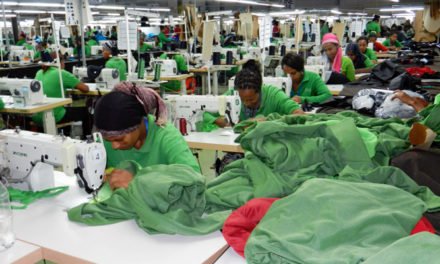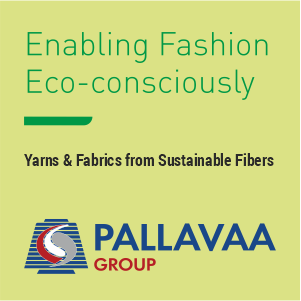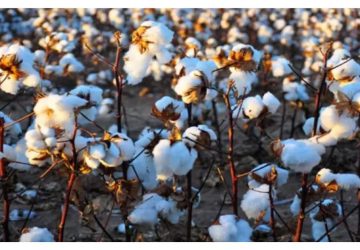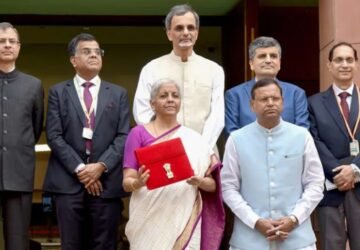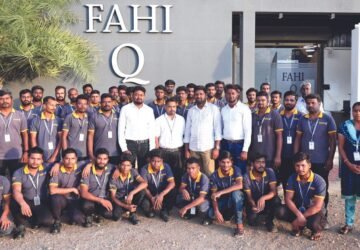 The Khmer Silk Cen tre at the Royal University of Phnom Penh (RUPP) was inaugurated recently to boost research in Cambodia’s silk industry. It would stimulate development in the sector, reduce migration to urban areas and provide an opportunity for farmers to learn silk farming, harvesting and weaving, said education, Youth and Sport Minister Hang Chuon Naron. Cambodia used to have a strong tradition of planting mulberry trees, breeding silkworms and weaving loom, but wars had significantly reduced the entire production of Khmer silk, said RUPP representative Srey Chansophea.
The Khmer Silk Cen tre at the Royal University of Phnom Penh (RUPP) was inaugurated recently to boost research in Cambodia’s silk industry. It would stimulate development in the sector, reduce migration to urban areas and provide an opportunity for farmers to learn silk farming, harvesting and weaving, said education, Youth and Sport Minister Hang Chuon Naron. Cambodia used to have a strong tradition of planting mulberry trees, breeding silkworms and weaving loom, but wars had significantly reduced the entire production of Khmer silk, said RUPP representative Srey Chansophea.
Domestic silk production today is facing many problems, including shortage of good silkworm species, lack of knowledge of weaving techniques and lack of research, a report quoted Chansophea as saying. An RUPP team began researching silk in July 2017, she said. The centre, which received some aid from the Japanese Government, will produce healthy silkworm species that can produce long and high-quality silk threads that will be distributed to selected farmers, she said. The United Nations Development Programme (UNDP) provided some equipment and research materials worth $16,300 to the centre.
 The Khmer Silk Cen tre at the Royal University of Phnom Penh (RUPP) was inaugurated recently to boost research in Cambodia’s silk industry. It would stimulate development in the sector, reduce migration to urban areas and provide an opportunity for farmers to learn silk farming, harvesting and weaving, said education, Youth and Sport Minister Hang Chuon Naron. Cambodia used to have a strong tradition of planting mulberry trees, breeding silkworms and weaving loom, but wars had significantly reduced the entire production of Khmer silk, said RUPP representative Srey Chansophea.
The Khmer Silk Cen tre at the Royal University of Phnom Penh (RUPP) was inaugurated recently to boost research in Cambodia’s silk industry. It would stimulate development in the sector, reduce migration to urban areas and provide an opportunity for farmers to learn silk farming, harvesting and weaving, said education, Youth and Sport Minister Hang Chuon Naron. Cambodia used to have a strong tradition of planting mulberry trees, breeding silkworms and weaving loom, but wars had significantly reduced the entire production of Khmer silk, said RUPP representative Srey Chansophea.

